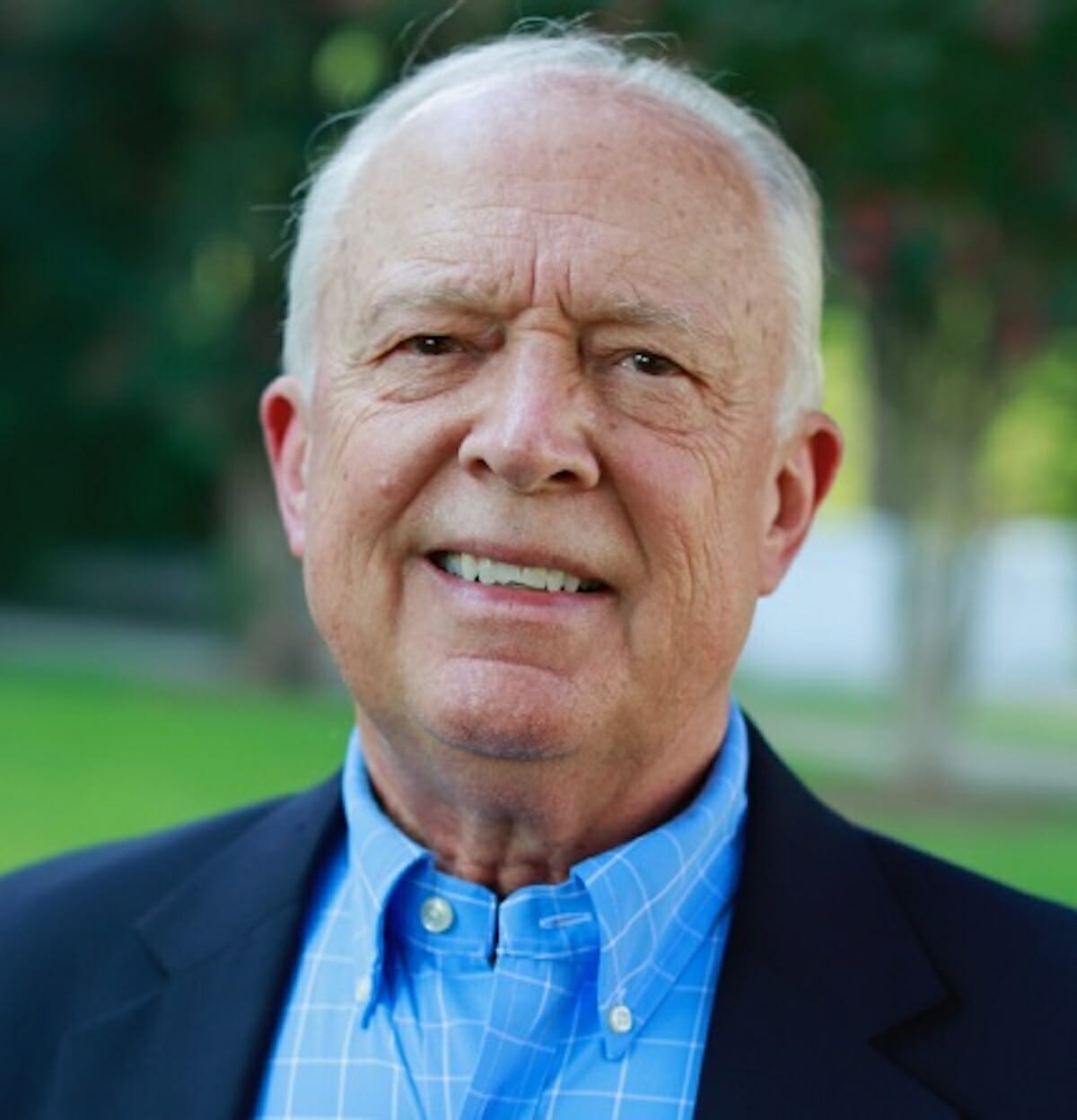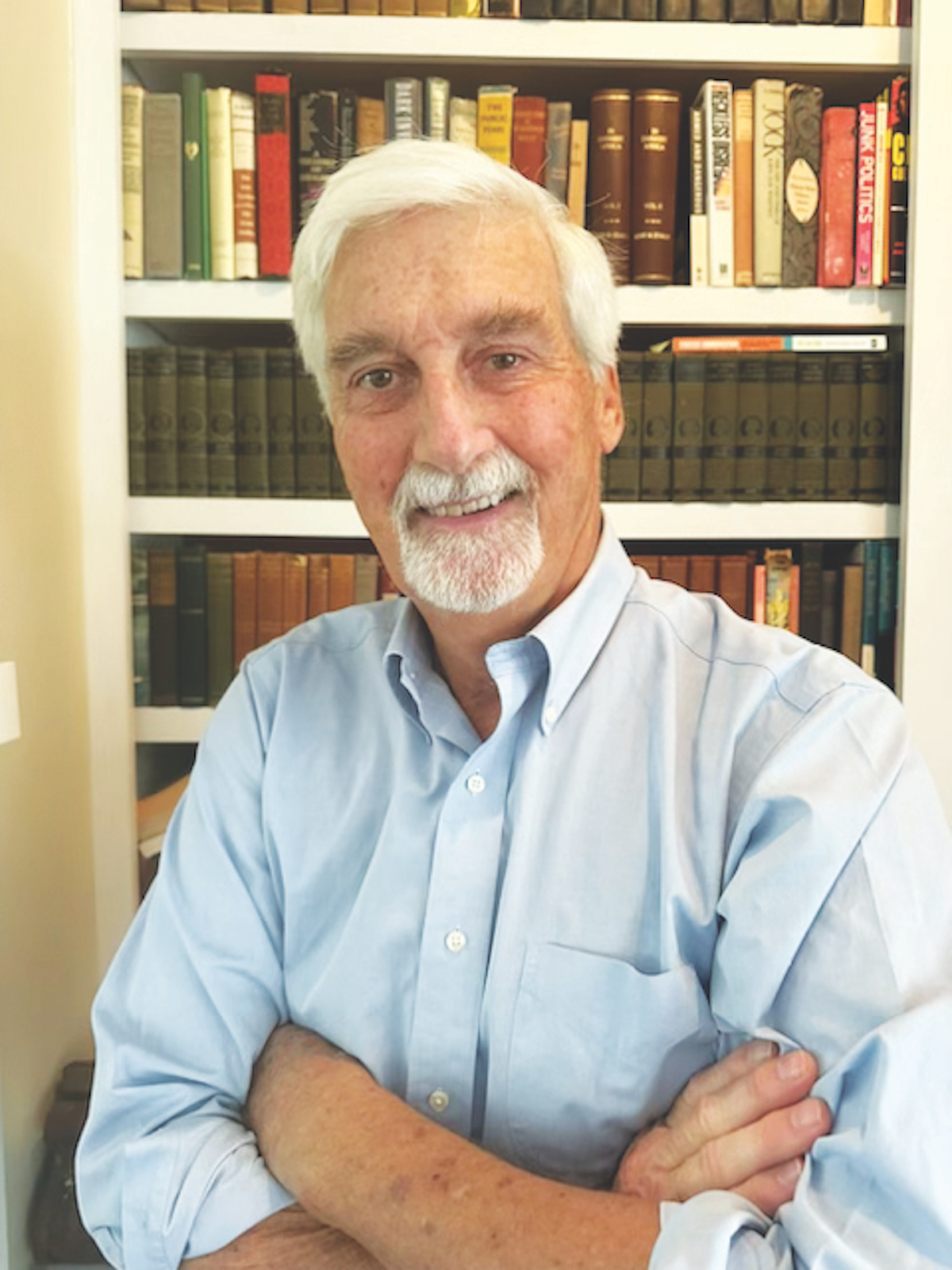It is Saturday, and I’m in Charleston. Right at the moment, I’m at the Krispy Kreme Doughnut Shop on the Savannah Highway. I’m waiting in line, all the while watching the workings of their one-of-a-kind doughnut assembly machine.
I’ve often thought that the first taste of this pastry — sweet on the outside and mostly air on the inside — must be a metaphor for something Southern. But, alas, that first taste buries most metaphors in all-consuming pleasure. Its that third or fourth doughnut when one begins to seek an excuse, a rationale for cleaning out the bag.
Charleston is a city that I once called home.
Between 1963 and 1971 this verandaed, cobble-stoned, strange-talking place was the landscape that informed my reality and the history that fed my imagination. It was a different in those days.
In the fall of 1963 I lived here under the guise of a cadet. I really can’t say I knew the city because I rarely left The Citadel’s 100-acre campus.
When I did walk downtown, it wasn’t to the Dock Street Theatre or to a French bistro — there were few restaurants in those days. In that first year, I went to tea dances at Grace Episcopal Church where we bald-headed plebes danced with the thin-armed daughters of the mandarins who lived South of Broad.
I remember little detail about those Sunday afternoon dances. Mostly they were a cease-fire from the yelling, push-ups and sweat parties that were then the hour-by-hour content of my life.
Somehow I survived the first year and my trips became longer as I discovered White Point Gardens, the Battery and Ansonboro. Although I was essentially broke, I could walk Cabbage Row, Tradd Street, Vendue Range topping-off that trek with a burger at the Goodie House on Calhoun Street.
In 1966 there were few tourists in Charleston. Yes, some would board the Gray Line Boat to Fort Sumter, order she crab soup at the Colony House or attend The Citadel’s Friday afternoon parade.
But there were only two real hotels, and Charleston’s historic homes were places where people actually lived and raised their families. It was not yet the vast, Disney-like tableau that now brings 7.3 million visitors each and every year.
In those days there were few college-aged girls in town, the College of Charleston not yet the sprawling midtown institution that enrolls a huge number of young women. When I finally acquired some seniority, and got to leave the campus for the entire weekend, I departed Charleston entirely.
I would ask “Boo” if I could skip the mandatory Friday afternoon parade allowing me to drive north as far as Williamsburg, Va., Washington, D.C., and College Park, Md. Charleston did not seem to notice my my absence.
But in the last 50 years Charleston has expanded its recreational options and relentlessly, aggressively advertised what one might do if one chooses to hang out in Charleston.
In this regard it built a first-class museum replacing the barn-like building that featured a desiccated mammoth. It built an aquarium, towed the Yorktown aircraft carrier to Mt. Pleasant and removed the C.S.S. Hunley (submarine) from the bottom of the harbor. It built a new Visitor’s Center and constructed parking garages on almost every block.
And tourists came in huge numbers filling up the brand new hotels and trendy restaurants. Some of these tourists decided to stay, buying themselves a small piece of the peninsula, and sending many long-time residents to a condominium in Mt. Pleasant or less historic digs on Kiawah.
Charleston’s latest challenge is a rising sea and the prospect of more flooding. In response to this threat the U.S. Army Corps of Engineers has proposed an 8-foot high wall that would surround the peninsula. This will come with gates, underground holding tanks and pumps that would discharge any water that makes it over or under the wall. It will cost $1.1 billion.
The Corps has not yet said what the wall will look like. The Corps wants to be sure Charleston buys-into its $385 million part before publishing its drawings.
But the real challenge is whether Charleston can turn off the spigot that has flooded its streets, alleys and sidewalks with people. It is not certain if Charleston will survive as a city where people can actually live, work and raise a family.
I, for one, will always have my memories and, yes, there are doughnuts.
Scott Graber is a lawyer, novelist, veteran columnist and longtime resident of Port Royal. He can be reached at cscottgraber@gmail.com.






